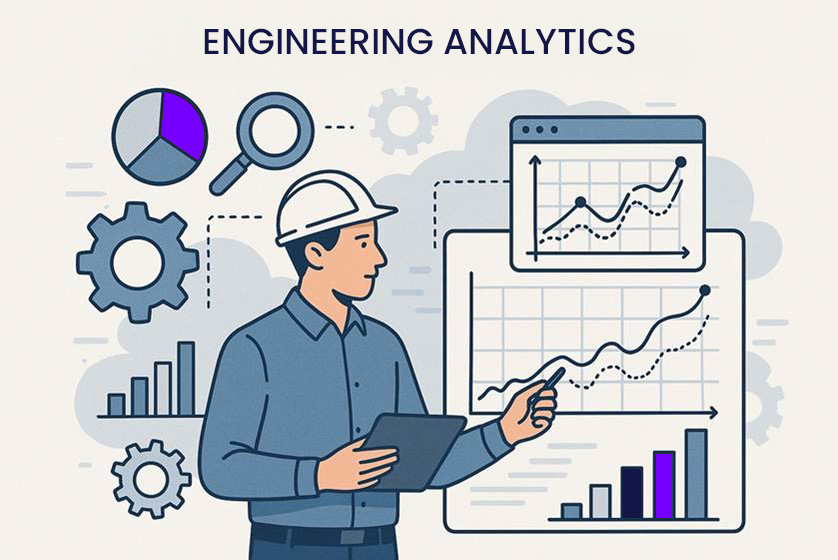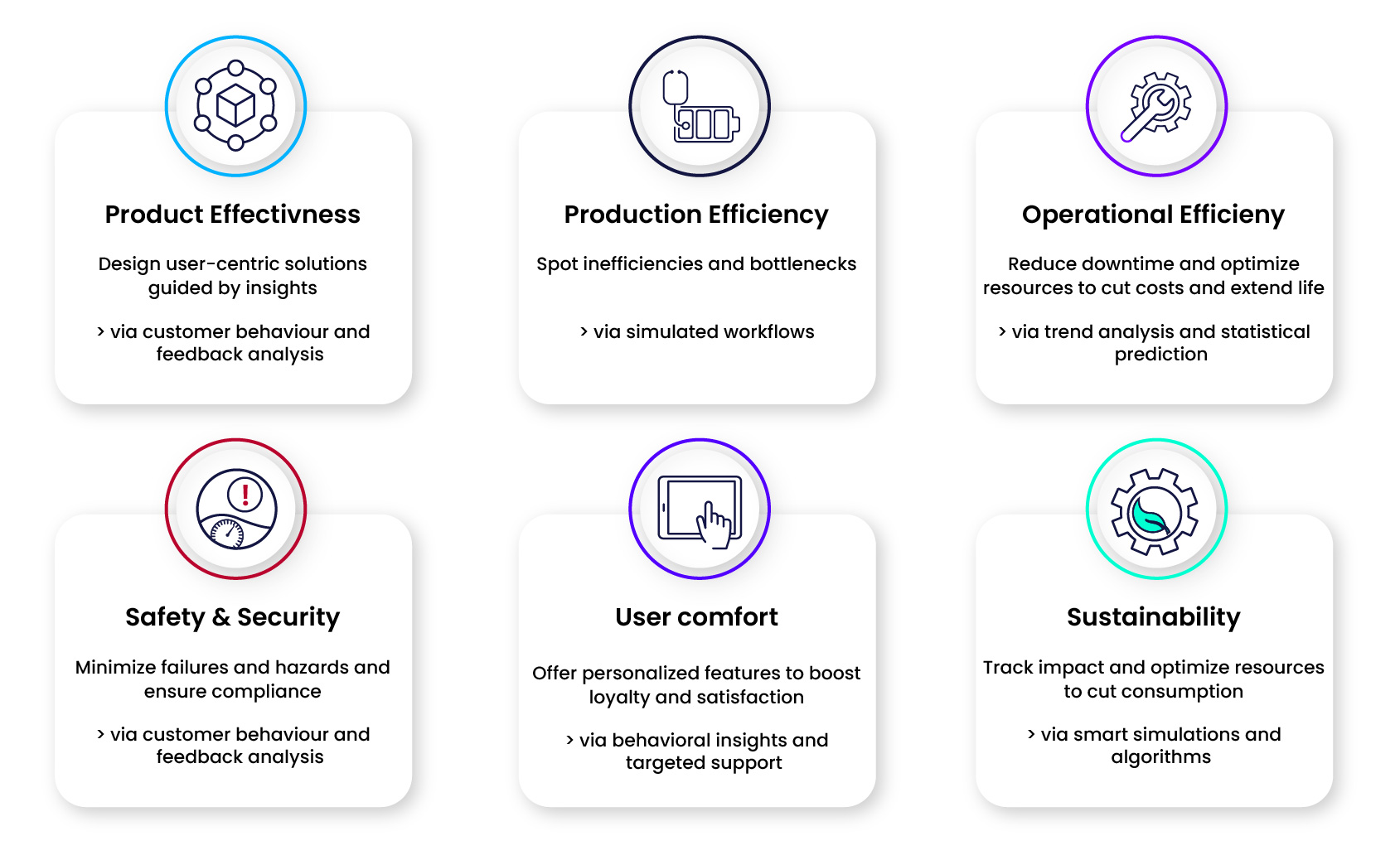A part of FEV Group
Engineering Analytics: Turning Technical Expertise into Data-Driven Impact
Author -
Dr. Marina Kreutz
Published -
Reading time -
3 mins
A part of FEV Group
Author -
Dr. Marina Kreutz
Published -
Reading time -
3 mins

Every day, vast amounts of data are generated or already exist. But how can we make sense of it? What insights can it offer? Often, the data is incomplete, distorted, or lacks metadata—making analysis difficult. This is where Engineering Analytics (EA) comes into play, combining engineering domain knowledge with data science techniques to optimize systems and processes.
Data scientists excel at identifying patterns and building models but may lack domain-specific context. Engineers bring a deep understanding of systems and processes but may not be trained in advanced analytics. Engineering Analytics bridges this gap by integrating both skill sets.
Engineering Analytics is the integration of engineering domain knowledge with data science techniques to optimize systems and processes. It enables contextual intelligence, i.e. understanding data not just statistically, but in relation to the physical systems in their real-world conditions. With contextual intelligence the features of a system can be better understood and can be tuned for or adapted to the characteristics of a specific situation and environment. It is all about interpreting data meaningfully — in a context.

With Engineering Analytics both domains benefit mutually from each other. It can serve as decision support by fusing results from models and statistics with technical experience. Evidence-based and fast decisions are the result.
The Engineering Analytics cycle closes when the insights gained from the data are fed back into the engineering system that generates the data – also known as Data Driven Development.

Engineering Analytics offers a high potential, but it also comes with a few challenges that must be handled to make both the data analysis and the engineering smarter:
Managing and integrating heterogeneous platforms and disparate data sources, like CAD models, IoT sensors, simulations, etc. can be complex and difficult to harmonize.
Unknown poor data quality (i.e. inconsistent, incomplete, or inaccurate data) can lead to wrong conclusions.
Furthermore, bridging the gap between domain experts and data analysts requires training in communication and collaboration. There is the need to build trust between these groups, which requires transparent algorithms and explainable insights instead of black-box models.
Organizational structures (e.g. units cut along development steps rather than products) can hinder communication and know-how transfer.
Appropriate tools and infrastructure are required that can handle big amounts of data, often paired with the need to provide low latency near real-time analytics.
Engineering Analytics is a multifaceted discipline that integrates physics-based models, statistical methods, and advanced analytical techniques to generate actionable insights and support informed decision-making. Therefore, successful implementation requires a shift from isolated working silos to collaborative, interdisciplinary teams. These teams bridge the gap between engineering and data science, fostering a shared understanding and enabling rapid iteration.
Rather than relying on document-based knowledge exchange, effective teams prioritize fast, with daily feedback loops. Collaboration should not be structured as a simple task division—where engineers collect data and analysts interpret it—but as a joint effort. Engineers must be actively involved in model development, interpretation of statistical results, and iterative refinement of analytical approaches.
This integrated model encourages deeper engagement, accelerates innovation, and ensures that analytical solutions are grounded in domain expertise.
The upcoming edition of this newsletter/blog will feature a detailed presentation of several specific example applications of Engineering Analytics – next up: the Digital Twin.